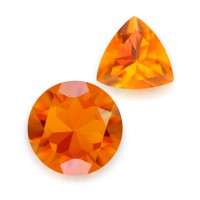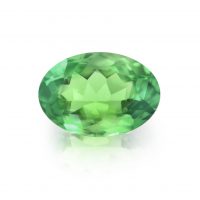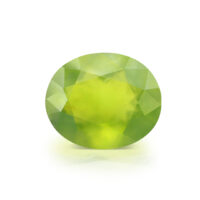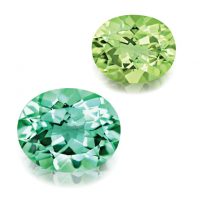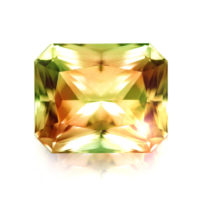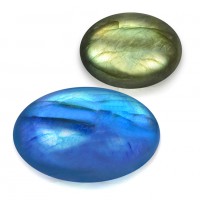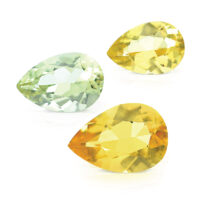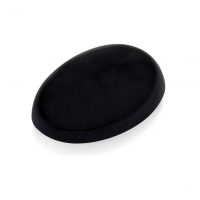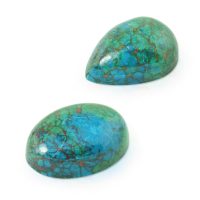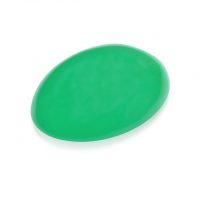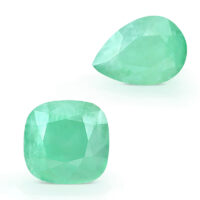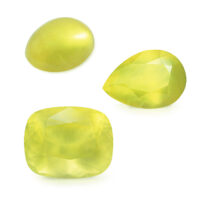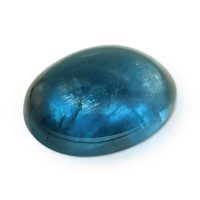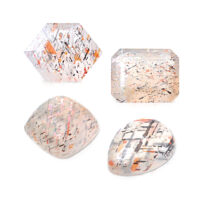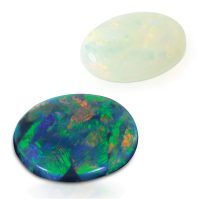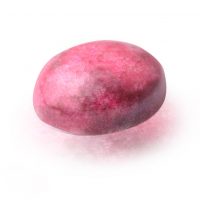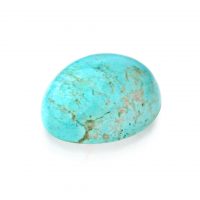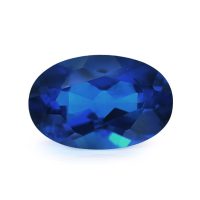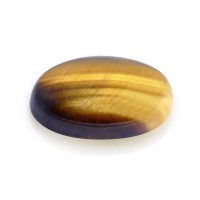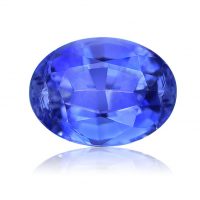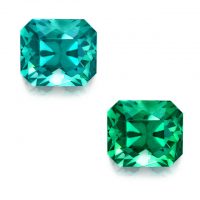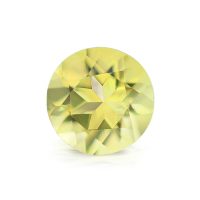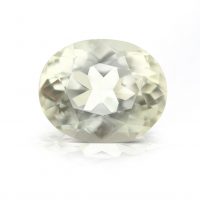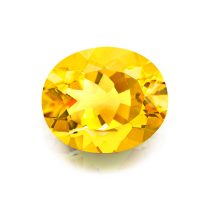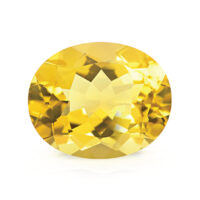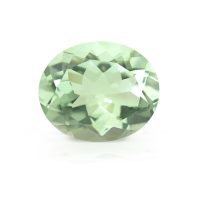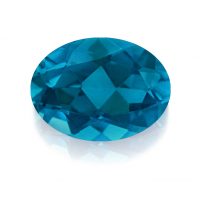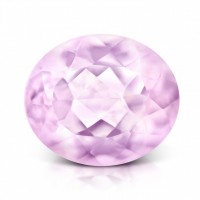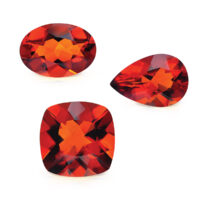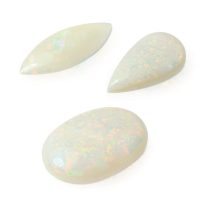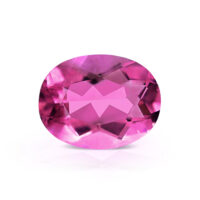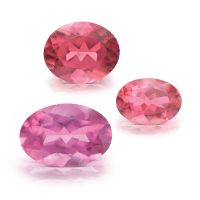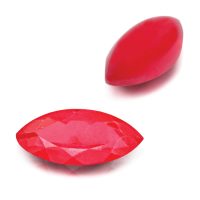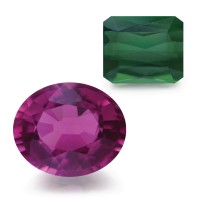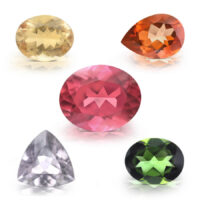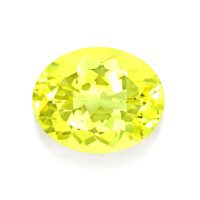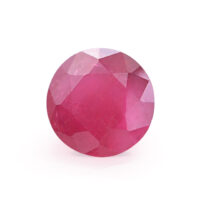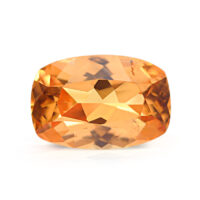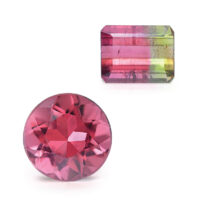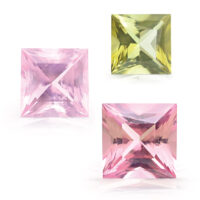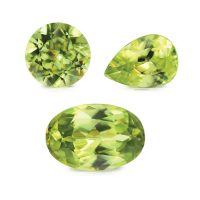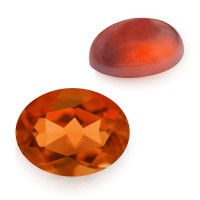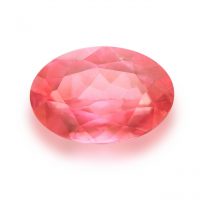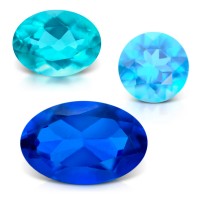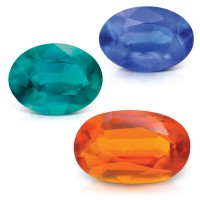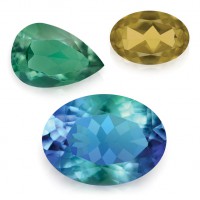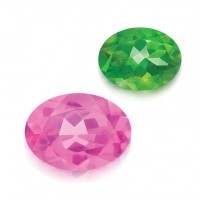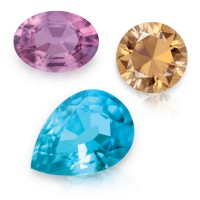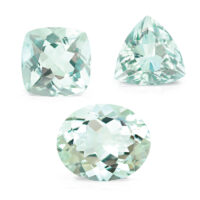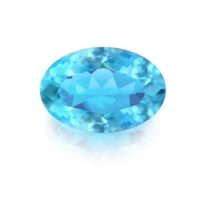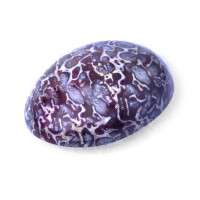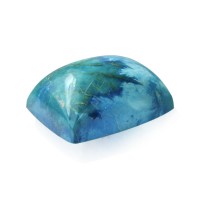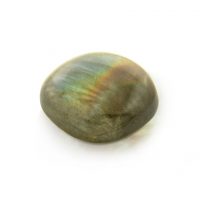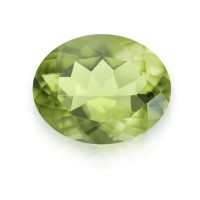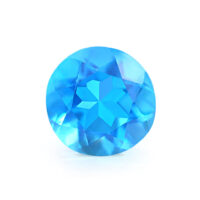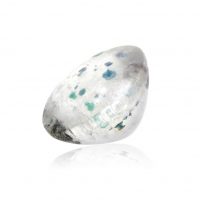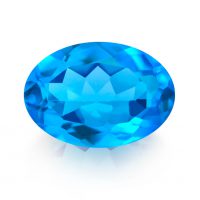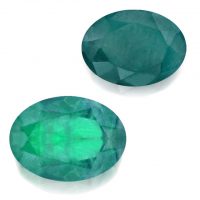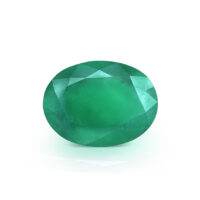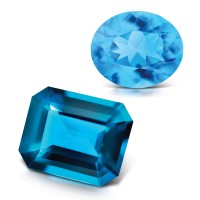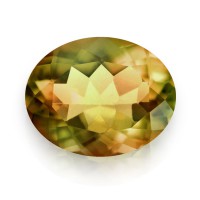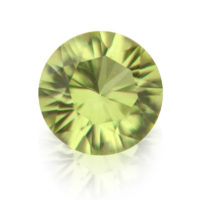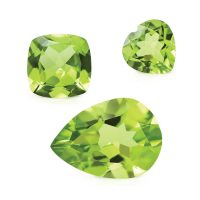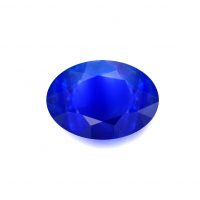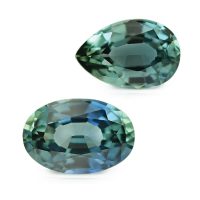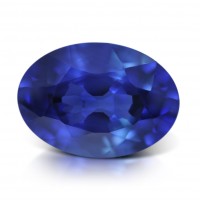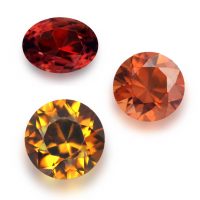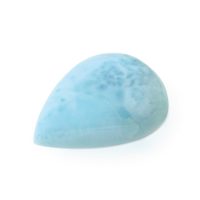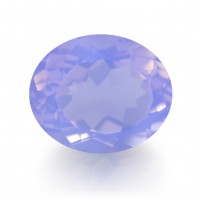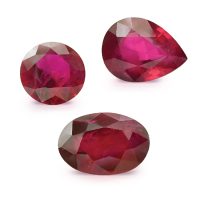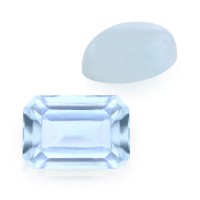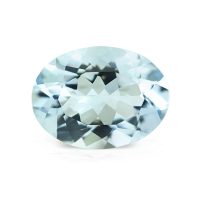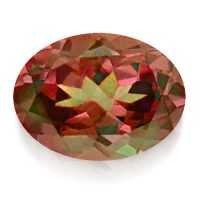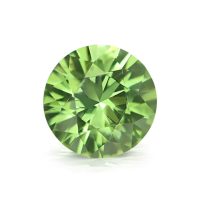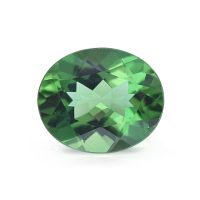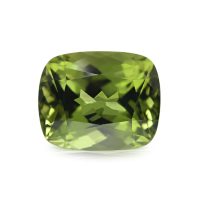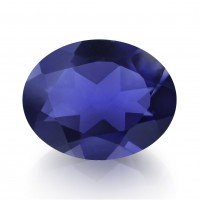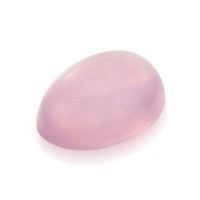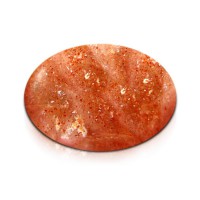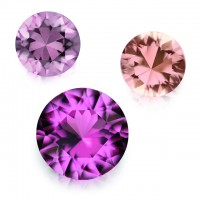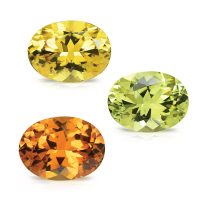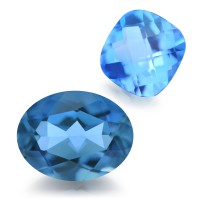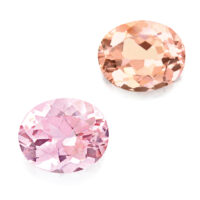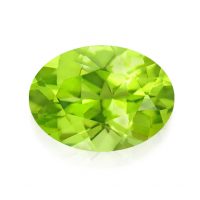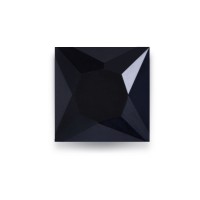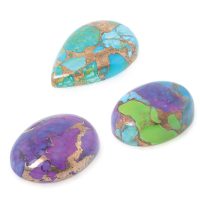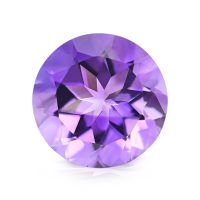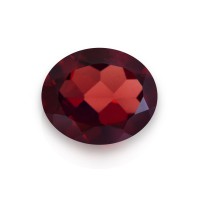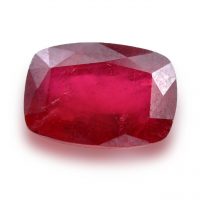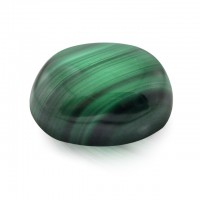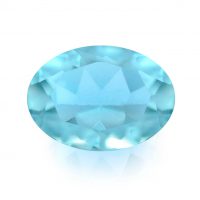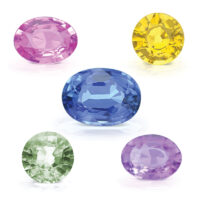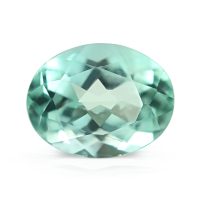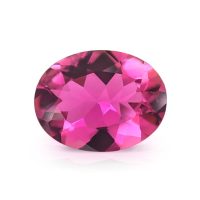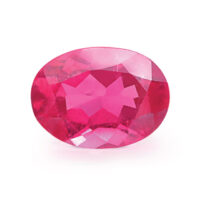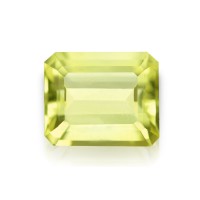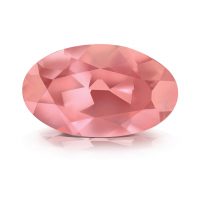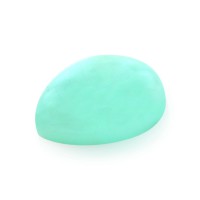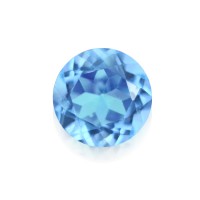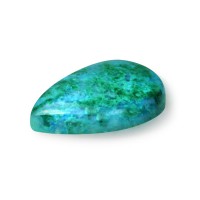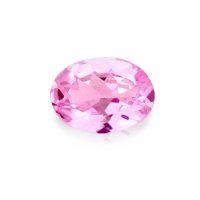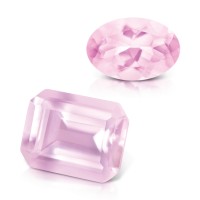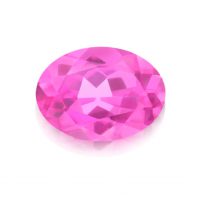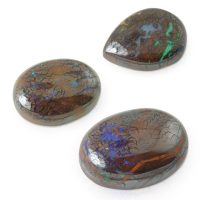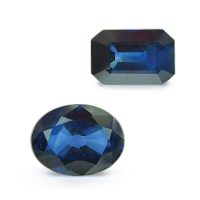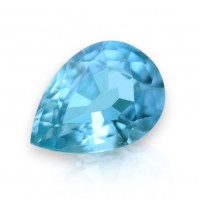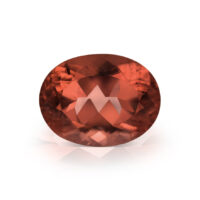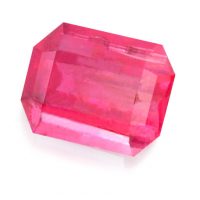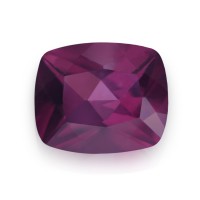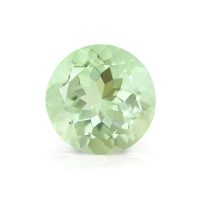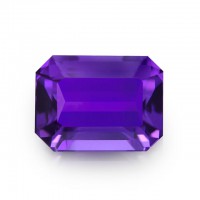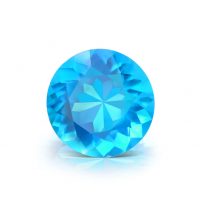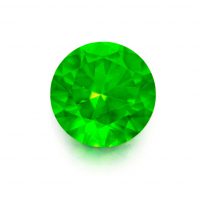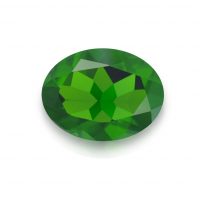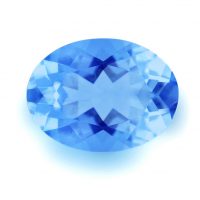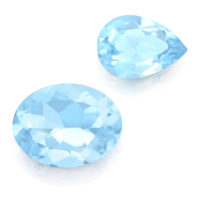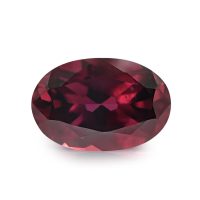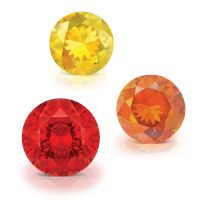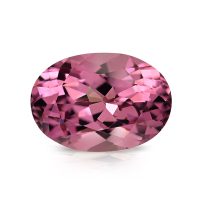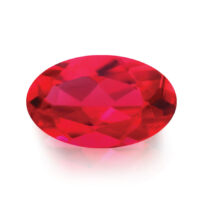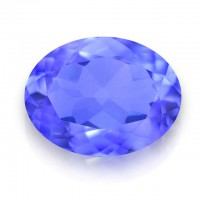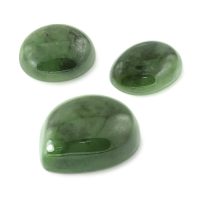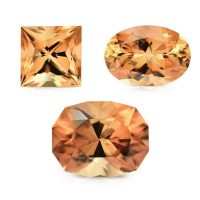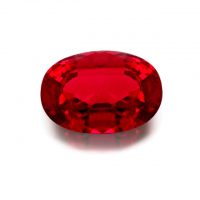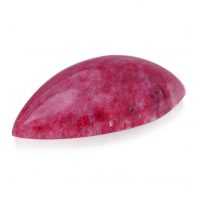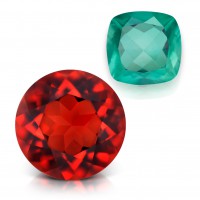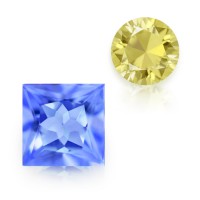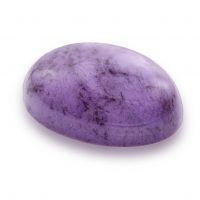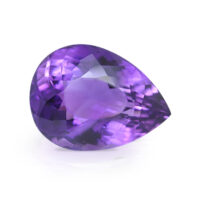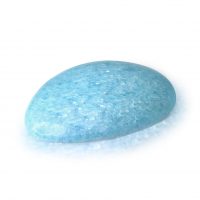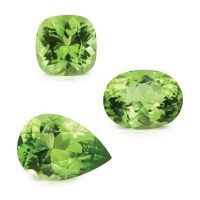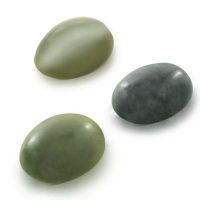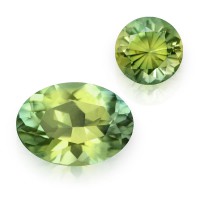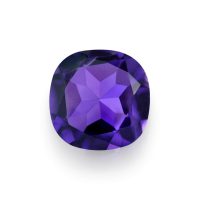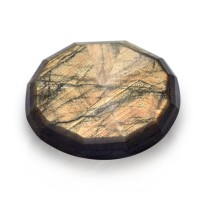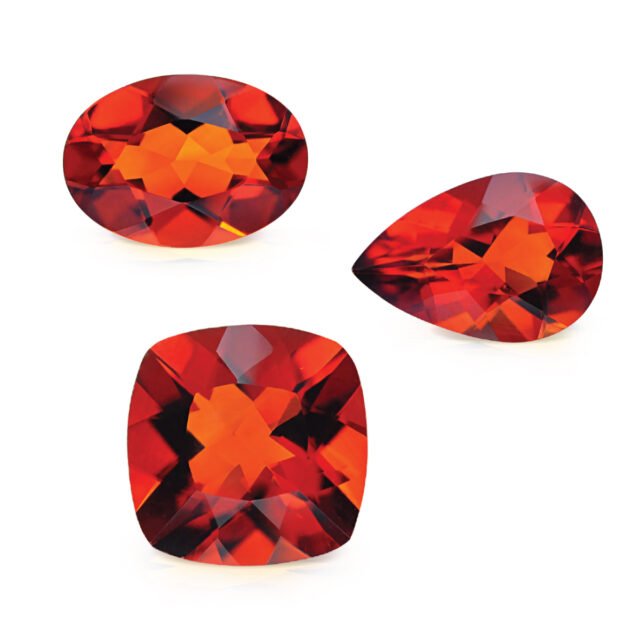

The preferred and quintessential Citrine color for many gem connoisseurs, Brazilian Madeira Citrine is aptly named… this fantastic jewelry gemstone glows like fine Madeira wine, mellow and warm, but at the same time, bright and vibrant. Extremely limited, our stunning Brazilian Madeira Citrine was mined over two decades ago in Minas Gerais (General Mines), a renowned Brazilian state famous internationally for its exceptional gemstones. Brazilian Madeira Citrine wonderfully showcases the high-quality its significant, historic pedigree implies, with optimal lapidary highlighting its beautiful color, the key value determinant for this coveted, but increasingly scarce Citrine.
Hardness 7
Refractive Index 1.543 – 1.554
Relative Density 2.59 – 2.65
Enhancement Heat
Beauty
Due to its high-clarity, color is Citrines’ most important consideration, with deeper shades commanding higher prices. The most valuable Citrines are medium to dark saturated/toned, transparent hues with no brownish or grayish secondary tones. Brazilian Madeira Citrine is beautifully defined by rich, crimson-reddish oranges, with attractive reddish facet flashes, in a highly-desirable medium-dark saturation and tone, the marketplace ideal.
As it’s a popular gem for lapidaries and jewelers, similar to Amethyst, you’ll find more fanciful shapes and cuts of Citrine than you will for many other gems. Regardless of the cut, look for an even color and good brilliance. Brazilian Madeira Citrine is optimally faceted by experienced lapidaries, who carefully orientate each crystal to maximize its colorful brilliance, maintaining an eye-clean clarity (the highest quality clarity grade for colored gemstones as determined by the world’s leading gemological laboratories), high-polish/luster, and attractive overall appearance (outline, profile and proportions).
Named for the Latin ‘Citrina’ (yellow as in ‘Citron’, French for lemon), Citrine occurs naturally with its sister gem, Amethyst, and is also colored by iron trace elements and/or color centers, which are frequently accentuated using permanent enhancements. Citrine is one of November’s birthstones (along with Topaz), ranging from transparent yellows to orangey-browns, including pastel lemon-yellows, golden-yellows, mandarin-oranges, and ‘Madeira’ reds (for the fortified wine made on the Portuguese Madeira Islands, an archipelago comprising four islands off Africa’s northwest coast). Much like the prized ‘Paraíba’, ‘Padparadscha’, ‘Rainbow’, or ‘Royal Blue’ color prefixes, ‘Madeira’ is also unfortunately often misused in the marketplace, being incorrectly applied to yellow, light orange, and even orangey-brown Citrine! Correctly, Madeira Citrine should have a crimson-reddish orange body color, with red or reddish-orange flashes coming from the facets, and no browns, golds, light oranges, or yellows. This is despite the Portuguese word ‘Madeira’ meaning ‘wood’; Madeira Citrine’s named for the wine, not the word or island. Coined for the forests that covered the island in 1419, ‘Madeira’ is the largest and most populous of the Madeira Archipelago. Caused by environmental changes, Bicolor Citrine (also Citrine Quartz) is a bicolor blend of Citrine and White Quartz. Similarly, Ametrine (also Amethyst-Citrine Quartz, Trystine or Golden Amethyst) is a bicolor blend of Citrine and Amethyst. The ‘AAA’ prefix is occasionally used to identify higher-quality Citrines, and it has previously been confused with Topaz, even being incorrectly called ‘Topaz Quartz’ (historically, Topaz was considered a golden-yellow colored gemstone). With blues, greens, and reds accounting for nearly 90 percent of all gems, beautiful yellows and oranges are actually pretty limited. Another important benefit for Citrine is its affordability, with similar colored gemstones reaching its superior sizes, significantly more expensive (e.g. Diamond, Garnet, Sapphire, Tourmaline, or Zircon). Citrine is a macrocrystalline (large crystal) Quartz, a group which also includes Amethyst, Lavender Quartz, Rose Quartz, and Tiger’s Eye. Cryptocrystalline (small crystal) Quartz gemstones include Agate, Chalcedony, Jasper, and Onyx. The modern name Quartz is derived from the Saxon word ‘querklufterz’, meaning cross-vein-ore. Popular since 480 BC, Citrine was first used in jewelry in ancient Greece during the Hellenistic period and by the Romans in intaglios (a gem carved in negative relief) and cabochons (cut in convex form and highly polished, but not faceted) in the first centuries after the birth of Christ, becoming immensely popular in Roman jewelry during the 3rd century AD. Citrine’s popularity as a jewelry gemstone continued through the Middle Ages and 19th century. Today, Citrine moves in and out of fashion trends with its awareness and recognition growing immensely in recent decades. Colloquially known as the ‘Gemstone of Happiness’, Citrine was frequently used in antiquity as a protective talisman against evil thoughts. Among its many historic medicinal uses, Citrine was believed to aid digestion, remove toxins from the body (Citrine was once commonly used as a charm against venomous reptiles), provide protection against the plague, and to be useful in the treatment of constipation, depression, and even diabetes! Citrine has also been called the ‘Stone of The Mind’, due to an ancient belief that placing a Citrine on the forehead of a wise elder could endow great psychic powers. Citrine is usually mined directly from its host rock and is typically found in vugs (small cavities in a rock or vein) and geodes. Geodes, hollow crystal lined spheres, are true geological mysteries, and miracles of nature that make you appreciate the rare majesty of gemstones. Geodes start as a hollow bubble inside a layer of rock. Over time water soaks through the hard, rocky outside of the bubble. As the mineral-rich water moves through the bubble, tiny crystals are left behind and with the passage of millions of years, this flow of water gradually forms more crystals inside the empty space. While many Quartz varieties form geodes, Amethyst and Citrine Geodes that display well-structured, pure colored crystals in an attractive arrangement are especially coveted by mineral collectors. The crystals produced in vugs and geodes vary in color saturation, hence the chance of bicolored varieties, with the crystal color of these formations often concentrated at their tips.
Rarity
Found in many countries, Brazilian and Madagascan Citrine are generally regarded as the best quality, with fine examples commanding higher prices due to their comparative rarity. Brazil is the world’s leading producer with most of its Citrine coming from the states of Minas Gerais and Rio Grande do Sul (Large River of the South).
Some sources estimate that Madeira Citrine represents less than two-percent of all Citrine, but this is difficult to accurately quantify due to the nomenclature issues previously mentioned, it may be far less. Our Brazilian Madeira Citrine is very old mine production, definitely displaying the historic gemmy-quality expected from this notable origin, which is sadly, no longer readily or significantly available. Brazilian miner relationships, cultivated over 20 years, enabled us to acquire these raw uncut crystals from a private collection in Minas Gerais.
Durability & Care
Brazilian Madeira Citrine is a durable jewelry gemstone (Mohs’ Hardness: 7), well-suited to everyday wear. Always store Brazilian Madeira Citrine carefully to avoid scuffs and scratches. Clean with gentle soap and lukewarm water, scrubbing behind the gem with a very soft toothbrush as necessary. After cleaning, pat dry with a soft towel or chamois cloth.
